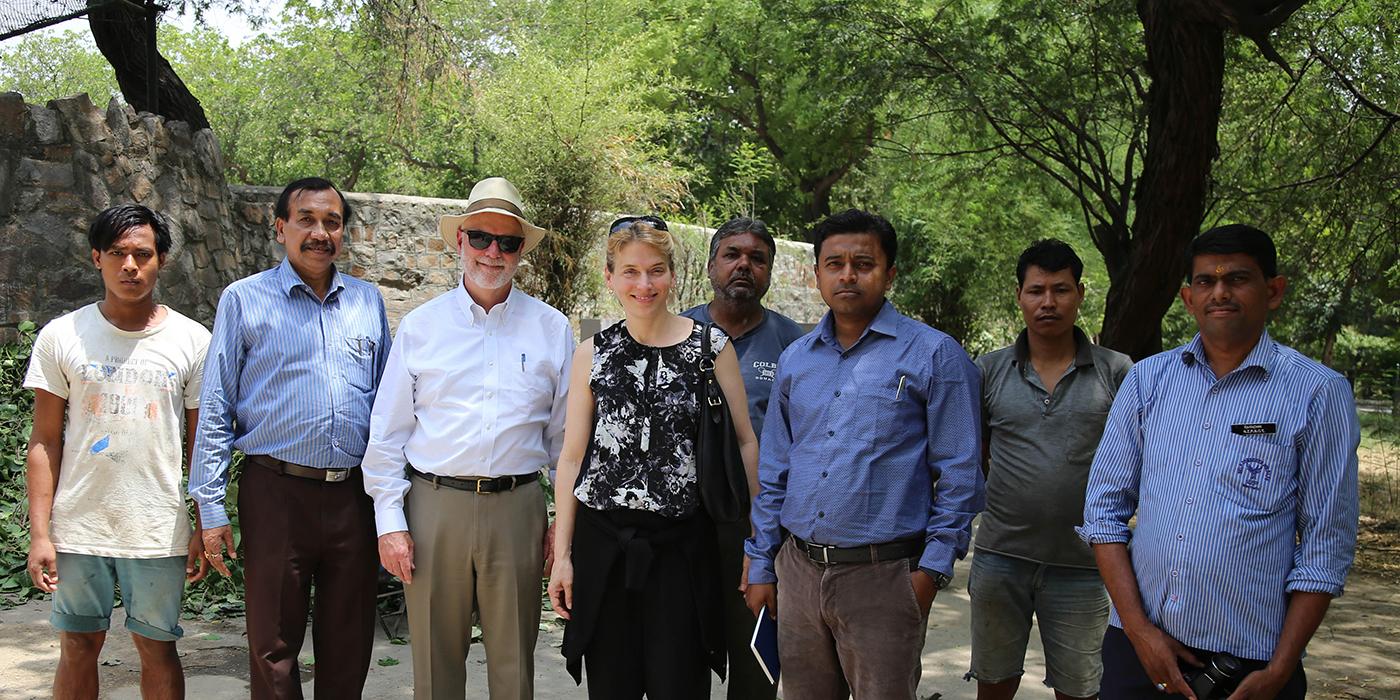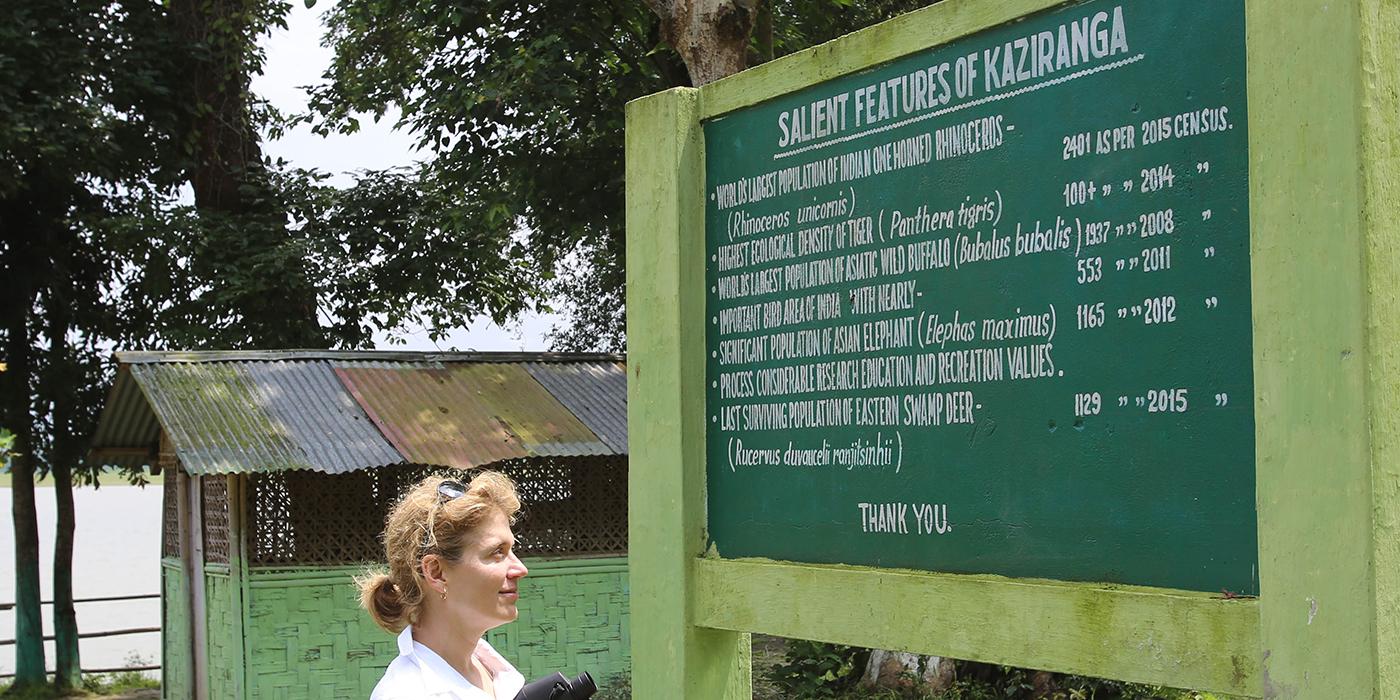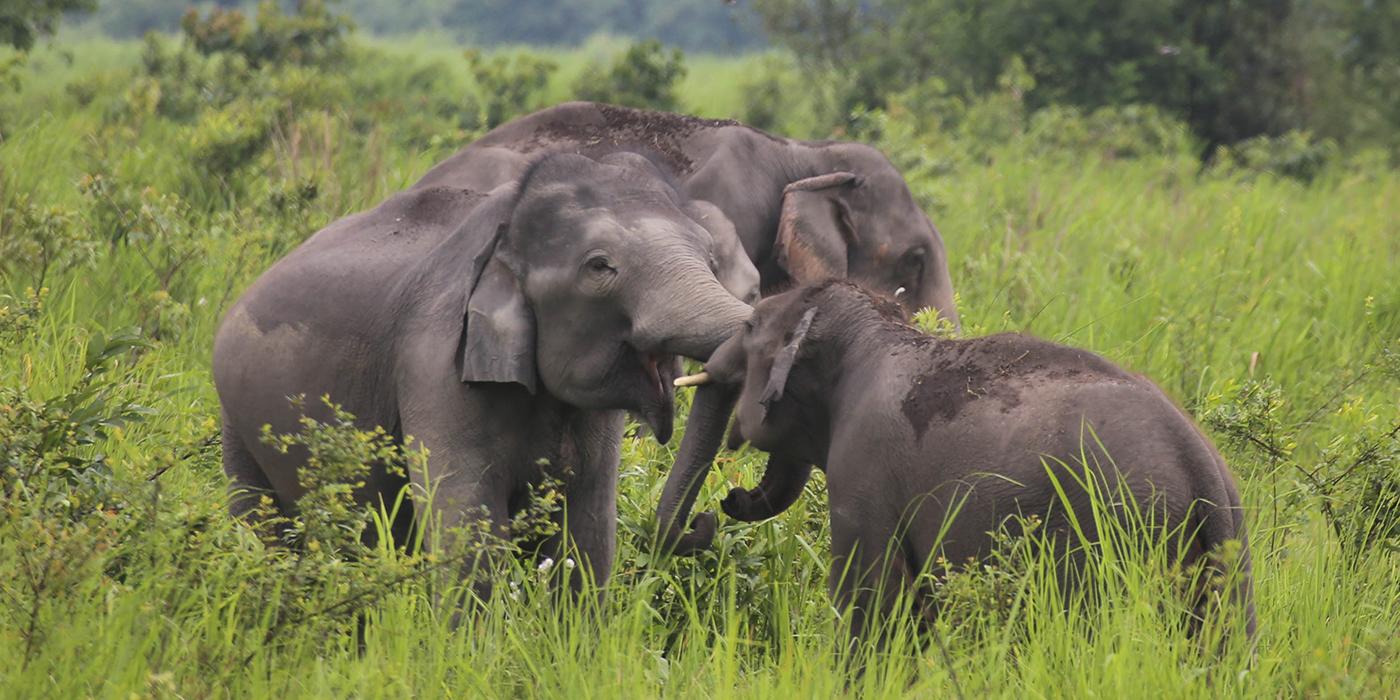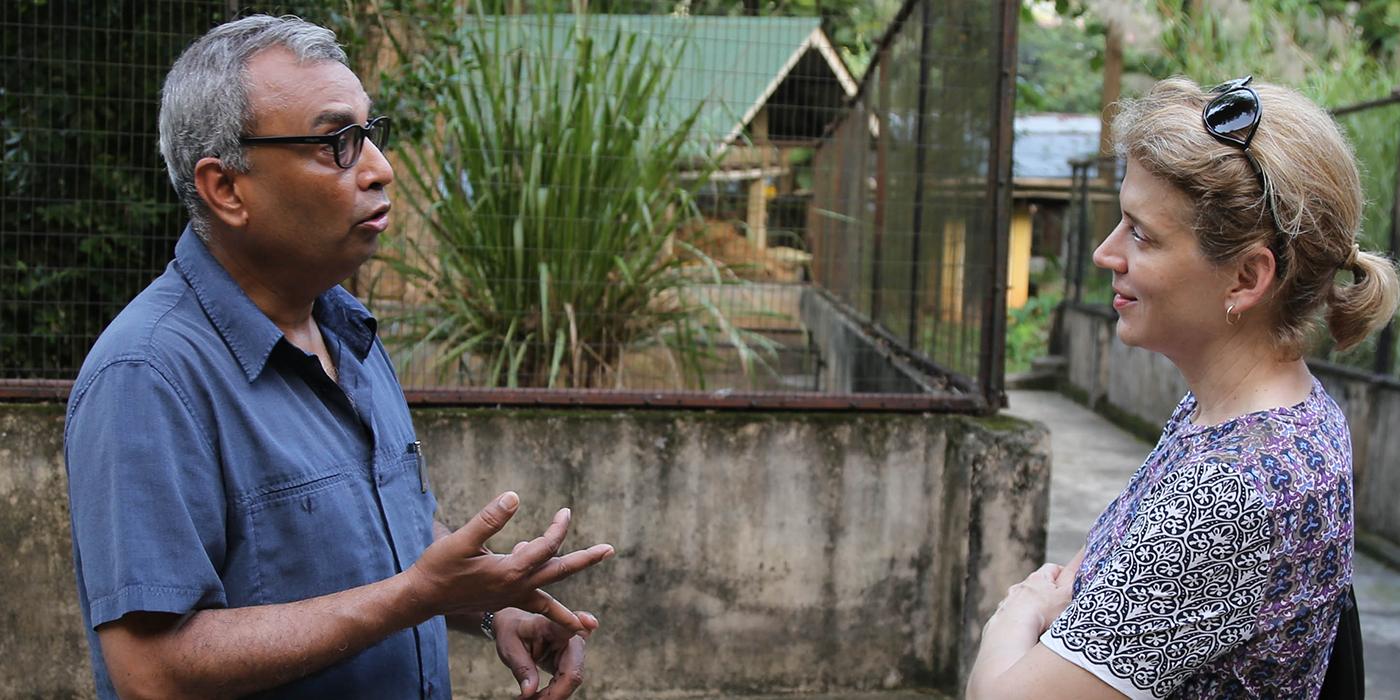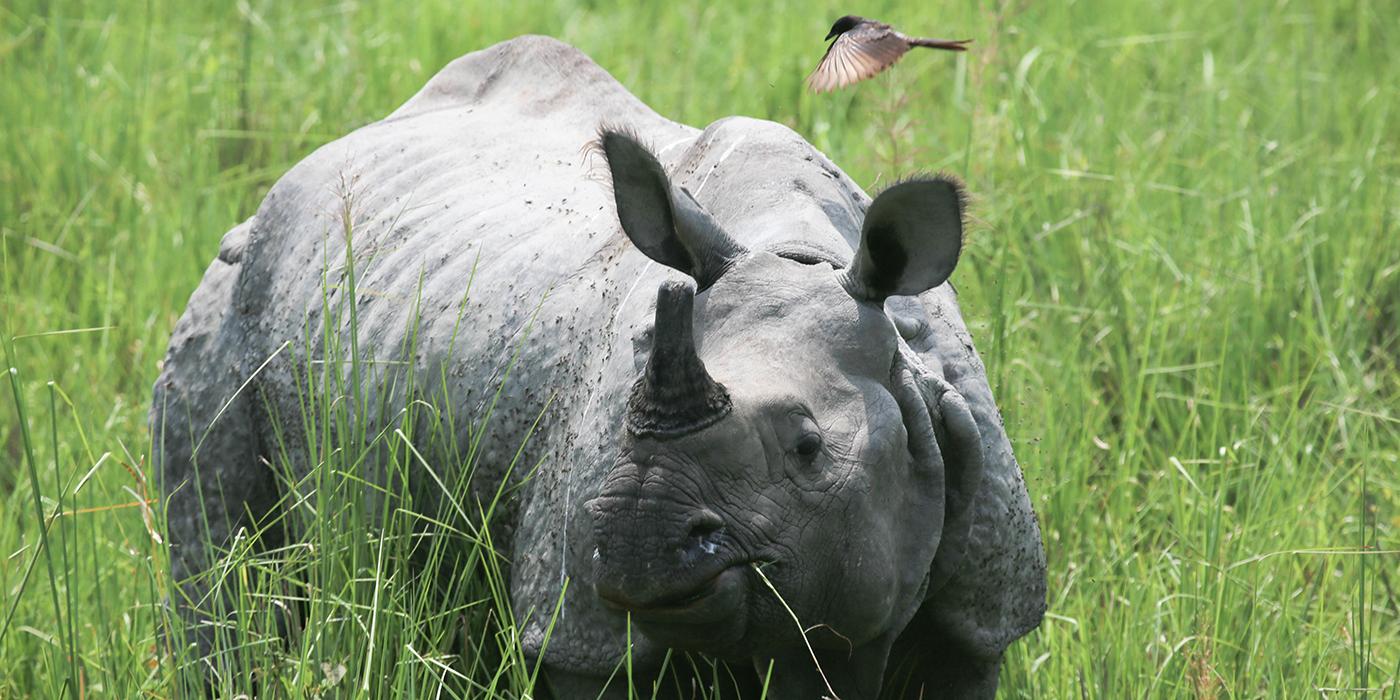Visit to India
Zoo keeping is an ever-evolving science. That's why director Dennis Kelly and associate director of animal care sciences Brandie Smith traveled to India to collaborate, understand, and protect endangered species.
This story appears in the June 2016 issue of National Zoo News. Want animal tales delivered straight to your inbox? Sign up for the e-newsletter here.
On March 17, officials from the Smithsonian's National Zoo and Conservation Biology Institute and the Central Zoo Authority from the Ministry of Environment, Forest and Climate Change of the Republic of India signed a memorandum of understanding to launch an advanced professional training program focusing on zoo animal husbandry and medicine. As part of the advanced training program, scientists, veterinarians and other animal care professionals from the National Zoo and SCBI will host training courses for animal care professionals working in Indian zoos.
From May 23 through 25, Zoo director Dennis Kelly and associate director of animal care sciences Brandie Smith attended the annual meeting of India's Central Zoo Authority in Guwahati, India. The meeting was attended by more than 40 zoo directors and professionals from across the country. Director Kelly gave two lectures on the future of zoos, and Dr. Smith gave a lecture on population biology and cooperative animal management.
While in Assam, Kelly and Smith visited Kaziranga National Park. This sanctuary hosts two-thirds of the world's one-horned rhinoceroces (2,401 animals) and is a World Heritage Site. Kaziranga boasts the highest density of tigers among protected areas in the world, as well as large breeding populations of Asian elephants, wild water buffalo, swamp deer, Indian rollers, hornbills, and jungle fowl.
They also visited Pobitora Wildlife Sanctuary, home to the one-horned rhinoceros, wild boar, barking deer, and hundreds of species of migratory birds. Pobitora faces capacity challenges given that the park is only 16 square kilometers and sustains an increasing population of rhinos that now numbers almost 100. On occasion, animals will move outside the sanctuary in search of food, increasing chances of conflict with humans. Kelly and Smith also visited the Assam State Zoo in Guwahati to see their impressive collection of native fauna and construction on their new nocturnal house.
After visiting Guwahati, Kelly and Smith travelled to meet with colleagues at the National Zoo in Delhi, including the director and chief veterinarian. They exchanged information on exhibits, enrichment, disease management, visitor engagement and population management. They also visited the American Embassy and met with staff in the Economic, Environment, Science and Technology Section.

